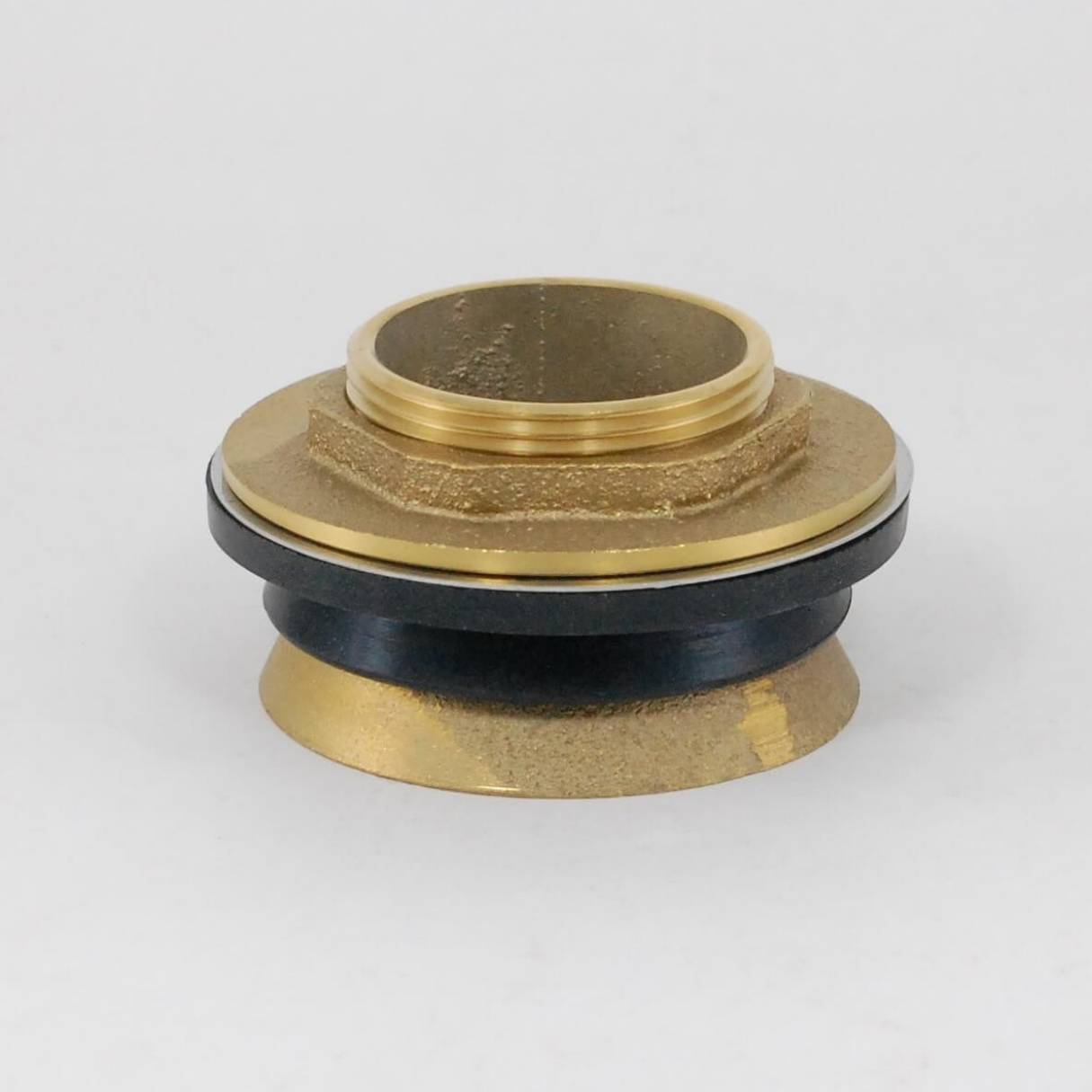

Articles
What Is A Spud In Plumbing
Modified: August 31, 2024
Discover the essential information about spuds in plumbing with our comprehensive articles. Understand their role, types, and common issues.
(Many of the links in this article redirect to a specific reviewed product. Your purchase of these products through affiliate links helps to generate commission for Storables.com, at no extra cost. Learn more)
Introduction
When it comes to plumbing, there are many specialized terms and components that may seem unfamiliar to the average person. One such component is the spud. In the world of plumbing, a spud plays a crucial role in various plumbing fixtures and systems. Whether you’re a homeowner, a DIY enthusiast, or a professional plumber, understanding what a spud is and how it functions is essential.
A spud is a small, cylindrical piece of metal or plastic that is used in plumbing installations to connect and secure different components together. It acts as a connector between pipes, fittings, and fixtures, ensuring a tight and leak-free connection. Spuds are commonly found in toilets, urinals, faucets, and showerheads.
Despite their small size, spuds play a significant role in the overall performance and efficiency of plumbing systems. They are designed to withstand the pressure and flow of water, ensuring that there are no leaks or disruptions in the plumbing system.
In this article, we will explore the definition of a spud in plumbing, the various uses of spuds, the different types available, installation and removal techniques, common problems and solutions associated with spuds, as well as maintenance and care tips.
By the end of this article, you will have a solid understanding of what a spud is and how it contributes to the proper functioning of your plumbing system. Let’s dive in!
Key Takeaways:
- Spuds are small but crucial components in plumbing, creating secure, leak-free connections in fixtures like toilets, urinals, faucets, and showerheads. Understanding their uses, types, and maintenance is essential for a well-functioning plumbing system.
- Proper installation, maintenance, and care of spuds are essential for preventing leaks and ensuring the longevity and efficiency of plumbing systems. Regular inspections, cleaning, and prompt repairs are key to maintaining optimal performance and preventing water wastage.
Read more: What Is Plumbing?
Definition of a Spud in Plumbing
In the world of plumbing, a spud refers to a small, cylindrical component that is used to connect and secure different plumbing fixtures and components together. It acts as a connector between pipes, fittings, and fixtures, ensuring a tight and leak-free connection.
Spuds are typically made of durable materials such as brass, stainless steel, or plastic. These materials are chosen for their resistance to corrosion and their ability to withstand the pressure and flow of water in plumbing systems. The size and dimensions of spuds can vary depending on the specific application or fixture they are intended for.
The primary function of a spud is to provide a secure and watertight connection between different plumbing components. It acts as a sealing mechanism, preventing any leakage or water loss from occurring at the joint. By creating a tight seal, spuds help maintain the integrity and efficiency of the plumbing system.
Spuds are commonly found in various plumbing fixtures, including toilets, urinals, faucets, showerheads, and other similar applications. They are located at the base of these fixtures, where they connect to the water supply or drainage pipes.
Overall, spuds play a crucial role in the plumbing system, ensuring that all connections are secure and leak-free. They are an essential component in maintaining the functionality and efficiency of plumbing fixtures and systems.
Uses of Spuds in Plumbing
Spuds are versatile components that are used in various plumbing installations and fixtures. They serve different purposes depending on the specific application. Here are some common uses of spuds in plumbing:
Toilet installations:
Spuds are essential components in toilet installations. They are used to connect the toilet tank to the bowl and secure it in place. The spud creates a tight seal between the two components, preventing any leaks or water wastage. Additionally, spuds also provide stability to the toilet, ensuring that it remains securely fixed in position.
Urinal installations:
In urinal installations, spuds are used to connect the urinal bowl to the flush valve or water supply pipe. They create a watertight seal, allowing for efficient flushing and preventing any leakage around the joint. Spuds also provide stability to the urinal, ensuring it remains firmly attached to the wall.
Read more: What Are Fittings In Plumbing
Faucet connections:
Spuds are commonly used in faucet installations to connect the faucet body to the water supply lines. They create a secure and leak-free connection, allowing for the proper flow of water from the supply lines to the faucet spout. Spuds ensure that there are no leaks or drips around the joint, maintaining the efficiency of the faucet.
Showerhead installations:
Spuds play a crucial role in connecting the showerhead to the shower arm or pipe. They create a tight seal, ensuring that there are no leaks or water wastage. Spuds also provide stability to the showerhead, preventing any wobbling or movement during use.
Pipe fittings:
Spuds are sometimes used as connectors in various pipe fittings. They can be used to join pipes of different materials or sizes, creating a secure and leak-free connection. Spuds provide flexibility in plumbing installations, allowing for easy modification or extension of the plumbing system.
Overall, the uses of spuds in plumbing are vast and varied. They are essential components in ensuring secure connections, preventing leaks, and maintaining the efficiency and functionality of plumbing fixtures and systems.
Types of Spuds in Plumbing
In the world of plumbing, there are different types of spuds available, each designed for specific applications and fixtures. Understanding the different types of spuds will help you choose the right one for your plumbing needs. Here are some common types of spuds in plumbing:
Read more: What Is A Backflow In Plumbing
Toilet Tank Spuds:
Toilet tank spuds are used to connect the toilet tank to the bowl. They come in different sizes and designs to fit specific toilet models. Toilet tank spuds typically have a threaded or flanged connection that ensures a secure and leak-free connection between the tank and the bowl.
Urinal Spuds:
Urinal spuds are designed specifically for urinal installations. They connect the urinal bowl to the flush valve or water supply pipe. Urinal spuds have a tapered or flanged connection that creates a watertight seal, ensuring efficient flushing and preventing any leakage around the joint.
Faucet Spuds:
Faucet spuds are used to connect the faucet body to the water supply lines. They are available in various sizes and thread types to fit different faucet models. Faucet spuds create a secure and leak-free connection, allowing for the proper flow of water from the supply lines to the faucet spout.
Showerhead Spuds:
Showerhead spuds are used to connect the showerhead to the shower arm or pipe. They come in different sizes and designs to fit various showerhead models. Showerhead spuds create a tight seal, ensuring that there are no leaks or water wastage during showering.
Read more: What Is HVAC Plumbing
Pipe Connector Spuds:
Some spuds are designed to be used as connectors in pipe fittings. They can be used to join pipes of different materials or sizes, providing a secure and leak-free connection. Pipe connector spuds are versatile and allow for easy modification or extension of the plumbing system.
It is important to choose the right type of spud for your specific plumbing needs. Consider the size, design, and compatibility with your fixtures when selecting a spud for installation.
By understanding the different types of spuds in plumbing, you can make informed decisions when it comes to installing or replacing spuds in your plumbing system.
How to Install and Remove a Spud
Installing and removing a spud in your plumbing system may seem like a daunting task, but with the right tools and techniques, it can be relatively straightforward. Here is a step-by-step guide on how to install and remove a spud:
Installing a Spud:
- Start by turning off the water supply to the plumbing fixture where the spud will be installed. This can usually be done by shutting off the water valves located near the fixture.
- Next, use a wrench to loosen the nuts or bolts that secure the existing spud in place. If there is caulking or silicone around the spud, gently scrape it off using a putty knife.
- Carefully remove the old spud from the fixture by unscrewing or pulling it out, depending on its type and design.
- Inspect the spud and the surrounding area for any damage or debris. Clean the area thoroughly if necessary.
- Apply a small amount of plumber’s tape or pipe joint compound to the threads of the new spud. This will help create a watertight seal when it is installed.
- Insert the new spud into the fixture and hand-tighten it as much as possible. Use a wrench to continue tightening until it is securely in place. Be careful not to overtighten, as this can cause damage to the fixture or the spud.
- Once the new spud is installed, turn on the water supply and check for any leaks. If there are leaks, tighten the spud further or reapply plumber’s tape or pipe joint compound.
- Finally, test the plumbing fixture to ensure that it is functioning properly and there are no issues with the new spud.
Removing a Spud:
- First, turn off the water supply to the plumbing fixture.
- Use a wrench to loosen and unscrew the spud from the fixture. If there is caulking or silicone around the spud, carefully scrape it off using a putty knife.
- Inspect the area for any damage or debris. Clean if necessary.
- If you are replacing the spud, follow the installation steps mentioned above to install the new spud.
- If you are not replacing the spud, cover the opening in the fixture with a cap or plug to prevent any debris or water from entering.
It is important to follow these steps carefully to ensure a proper installation or removal of the spud in your plumbing system. If you are unsure or not comfortable doing this work yourself, it is always recommended to seek the assistance of a professional plumber.
Read more: What Is A Wye In Plumbing
Common Problems and Solutions with Spuds in Plumbing
While spuds are essential components in plumbing systems, they can sometimes encounter problems that affect their functionality. Here are some common problems that can occur with spuds in plumbing and their corresponding solutions:
Leakage around the spud:
One of the most common problems with spuds is water leakage around the joint. This can occur if the spud was not properly installed, or if the seal has deteriorated over time. To fix this issue, tighten the spud using a wrench to ensure a secure connection. If tightening doesn’t solve the issue, remove the spud and inspect the seal. Replace the seal if it is damaged or worn out, and re-install the spud following the proper installation steps.
Difficulty in removing the spud:
Sometimes, the spud may become stuck or difficult to remove, especially if it has been in place for a long time or if there is corrosion. Applying a penetrating lubricant to the spud threads before removal can help loosen it. If that doesn’t work, using a spud wrench specifically designed for spud removal can provide better leverage. Gentle tapping around the spud with a rubber mallet can also help loosen it. If all else fails, it is advisable to seek the assistance of a professional plumber to avoid causing further damage to the plumbing fixture.
Cracked or damaged spud:
If the spud itself is cracked or damaged, it will need to be replaced. Cracked or damaged spuds can lead to leaks and cause inefficiencies in the plumbing system. Remove the old spud and install a new one following the proper installation steps. Ensure that the new spud is the correct size and compatible with the plumbing fixture.
Read more: What Is An Escutcheon In Plumbing
Improper spud size or compatibility:
Using the wrong size or incompatible spud in a plumbing fixture can result in poor performance or leaks. It is important to ensure that the spud is the correct size and compatible with the fixture. Refer to the manufacturer’s guidelines or consult a professional plumber to determine the appropriate spud for your specific fixture.
Inadequate sealing:
If the spud is not properly sealed, it can result in leaks. Make sure to use plumber’s tape or pipe joint compound on the threads of the spud before installation to create a watertight seal. If leaks persist, remove the spud and reapply plumber’s tape or pipe joint compound, ensuring sufficient coverage.
By addressing these common problems with spuds in plumbing and implementing the corresponding solutions, you can ensure optimal performance and functionality of your plumbing system.
Maintenance and Care of Spuds in Plumbing
To prolong the lifespan and maintain the optimal performance of spuds in plumbing, regular maintenance and care are crucial. Here are some maintenance tips to keep your spuds in good condition:
Regular inspections:
Periodically inspect the spuds in your plumbing fixtures for any signs of wear, damage, or leaks. Look for cracks, corrosion, or loose connections. Promptly address any issues to prevent further damage and ensure proper functioning of the spud.
Read more: What Is A PRV Plumbing
Cleaning:
Keep the area around the spud clean and free from debris. Regularly clean the spud using a mild soap or detergent solution and a soft brush. This will help prevent the buildup of mineral deposits or grime, which can compromise the seal and cause leaks.
Avoid excessive force:
When installing or removing a spud, avoid applying excessive force. Overtightening or overtightening can damage the spud or the plumbing fixture. Use the appropriate tools and only tighten the spud enough to create a secure and watertight connection.
Use plumber’s tape or pipe joint compound:
When installing a spud, always use plumber’s tape or pipe joint compound on the threads. This will help create a tight seal and prevent leaks. Make sure to apply the tape or compound evenly and in the correct direction to ensure proper sealing.
Regularly check for leaks:
Keep an eye out for any signs of leaks around the spud or the plumbing fixture. If you notice any leaks, promptly address them by inspecting the seal, tightening the spud, or replacing the seal if necessary. A timely response can prevent further damage and water wastage.
Read more: What Is A Plumbing Fixture
Professional maintenance:
For more complex plumbing systems or if you are unsure of how to properly maintain the spuds, it is advisable to seek the assistance of a professional plumber. A plumber can perform routine maintenance, inspections, and repairs to ensure the longevity and efficiency of your plumbing system.
By following these maintenance tips and caring for your spuds properly, you can prevent issues, extend their lifespan, and maintain the optimal performance of your plumbing system.
Conclusion
Spuds may be small components in plumbing systems, but they play a vital role in ensuring secure connections and preventing leaks. From toilet installations to faucet connections, spuds are used in various plumbing fixtures and fittings to create watertight seals and maintain the efficiency of the plumbing system.
In this article, we have covered the definition of a spud in plumbing, its uses in different fixtures, the various types of spuds available, as well as the installation, removal, and maintenance tips. By understanding these aspects, you can confidently tackle spud-related tasks or seek the assistance of a professional plumber when needed.
Maintaining spuds properly is essential to ensure their longevity and optimal performance. Regular inspections, cleaning, and prompt repairs are key to preventing leaks and maintaining the efficiency of the plumbing system. Remember to use plumber’s tape or pipe joint compound during installations, and avoid excessive force to avoid damaging the spud or the fixture.
If you encounter any issues with your spuds, such as leaks, difficulty in removal, or improper sizing, it is important to address them promptly. Ignoring these problems can lead to more significant issues down the line, potentially causing water damage or inefficiencies in your plumbing system.
Lastly, if you are unsure or uncomfortable performing any tasks related to spuds or plumbing, it is always advised to seek the assistance of a professional plumber. They have the knowledge, tools, and expertise to tackle any spud-related issues and ensure the proper functioning of your plumbing system.
By understanding the importance of spuds and taking the necessary steps to maintain and care for them, you can ensure a reliable and efficient plumbing system in your home or property for years to come.
Frequently Asked Questions about What Is A Spud In Plumbing
Was this page helpful?
At Storables.com, we guarantee accurate and reliable information. Our content, validated by Expert Board Contributors, is crafted following stringent Editorial Policies. We're committed to providing you with well-researched, expert-backed insights for all your informational needs.
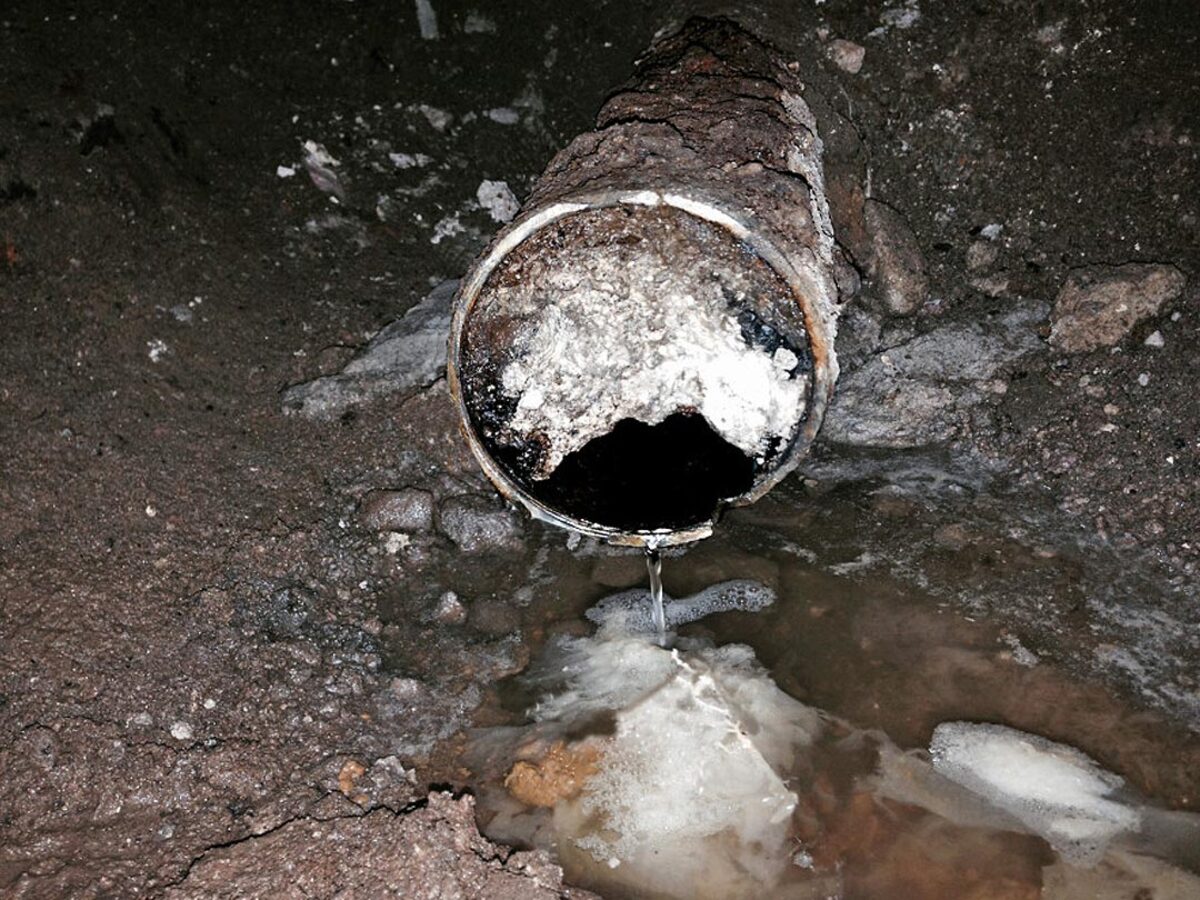
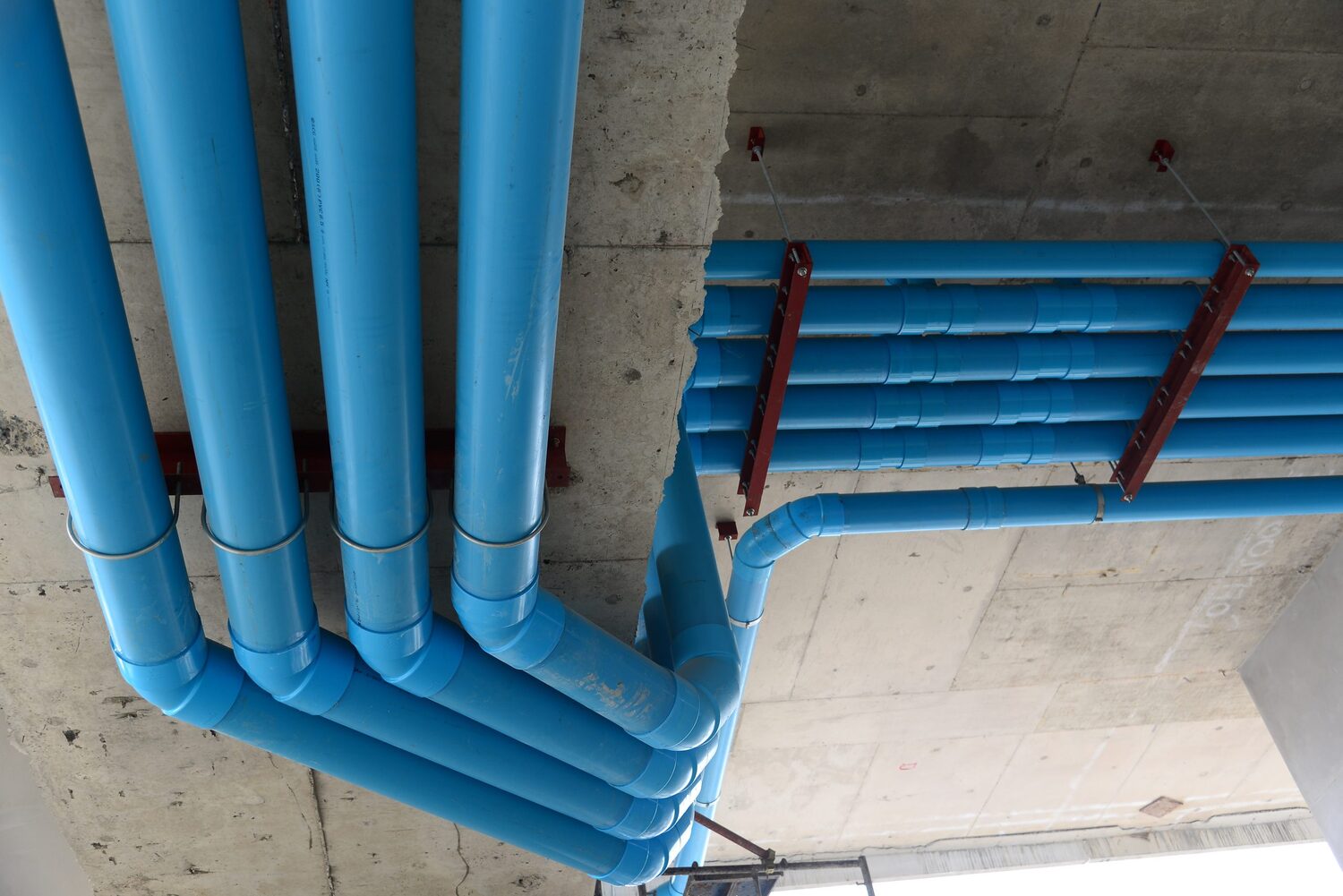
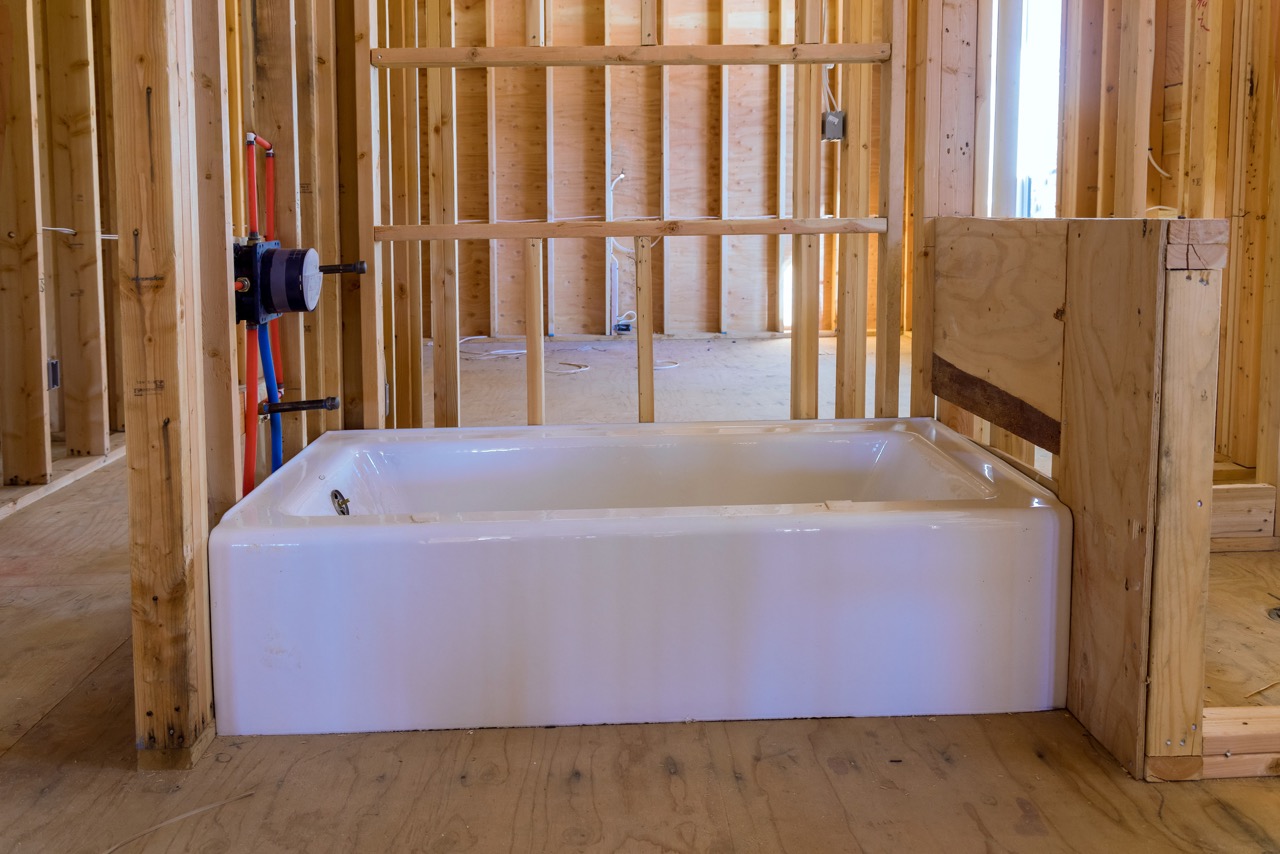
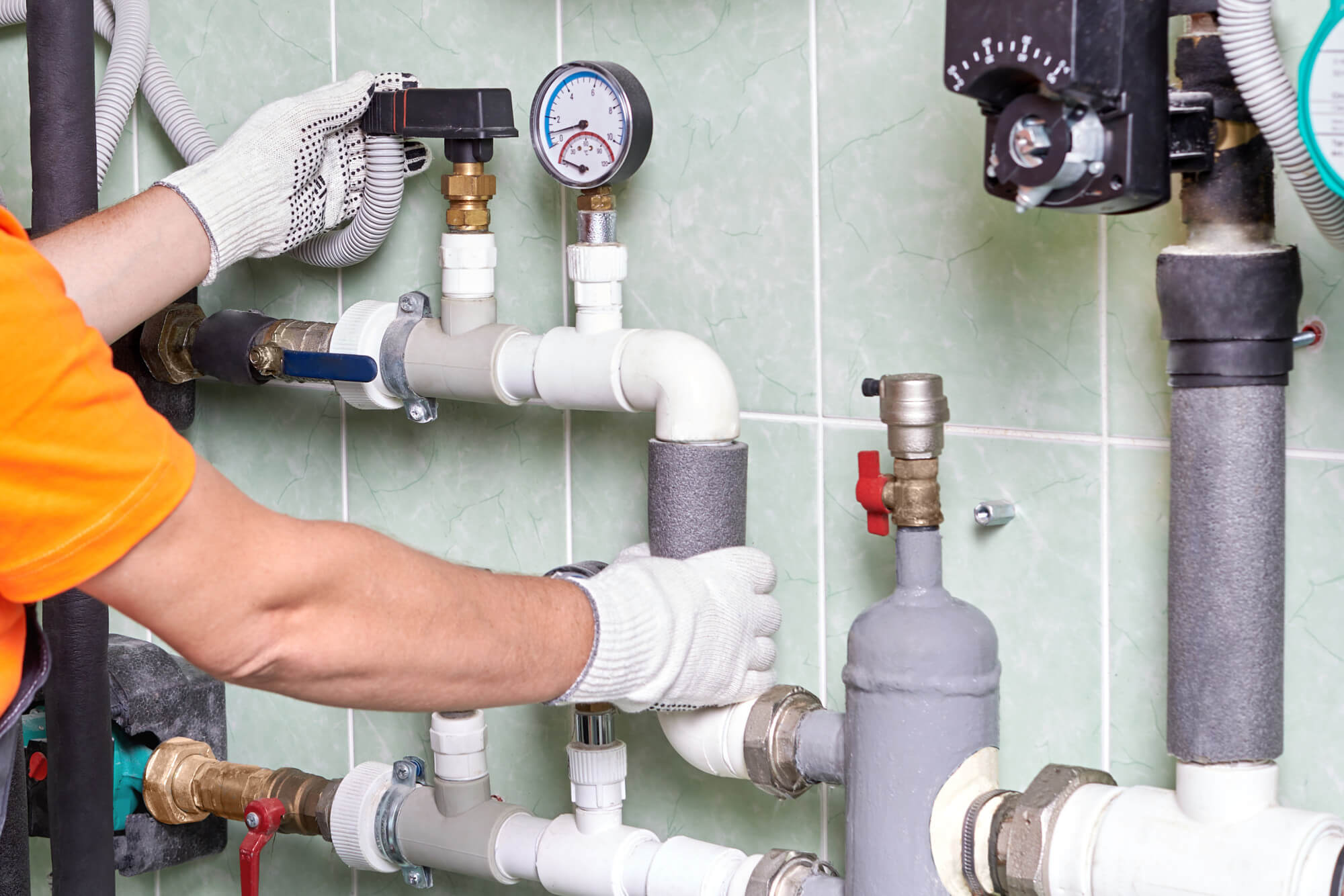

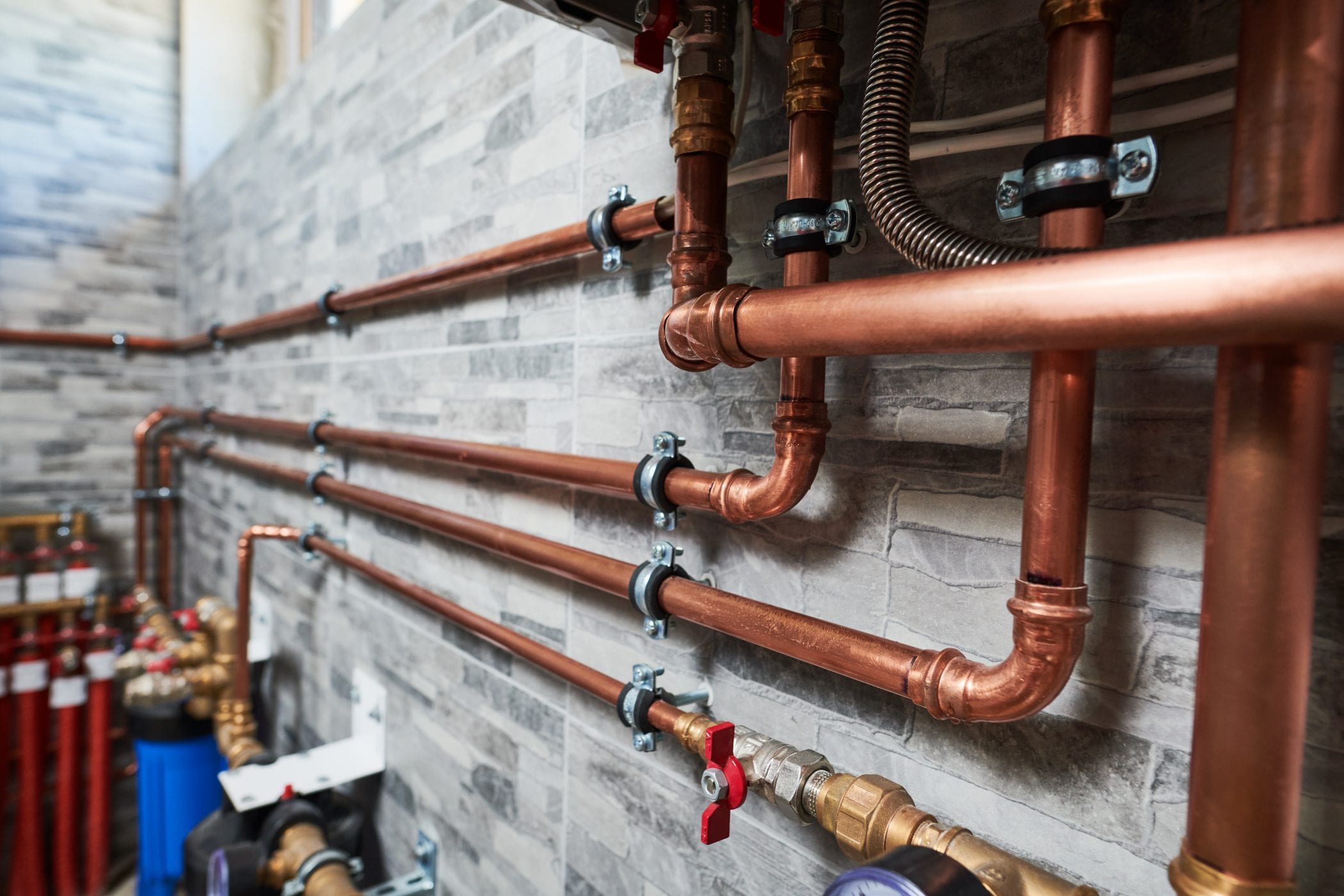

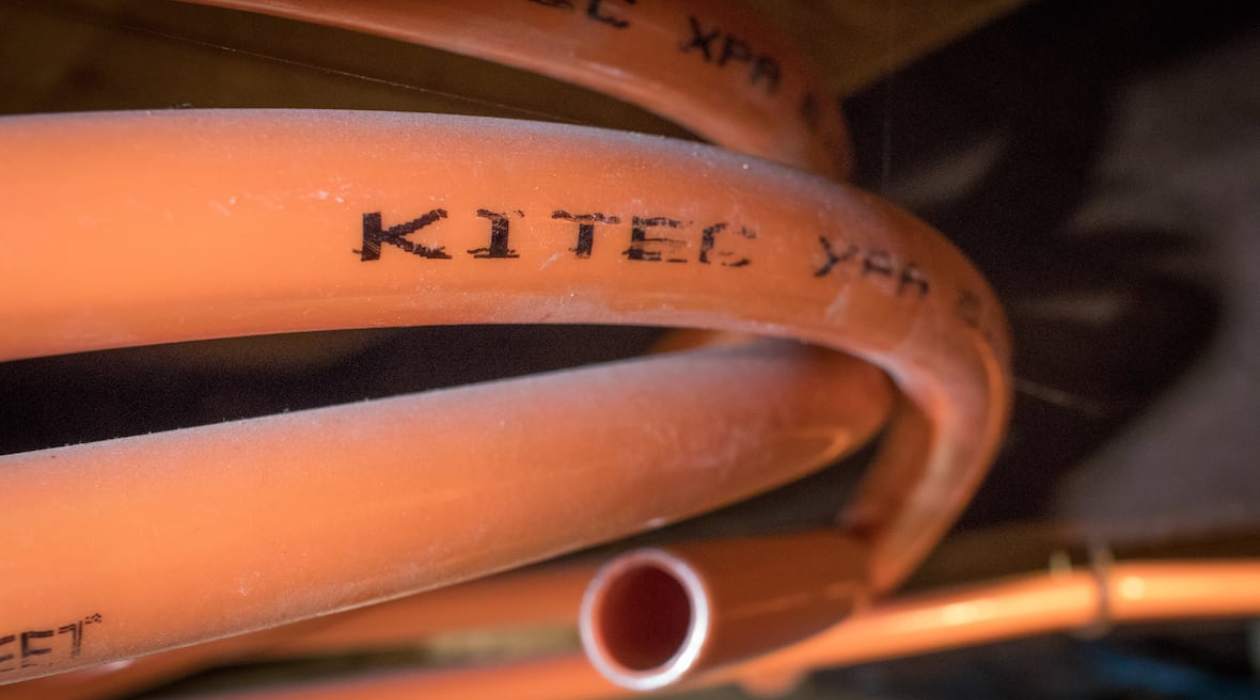

0 thoughts on “What Is A Spud In Plumbing”